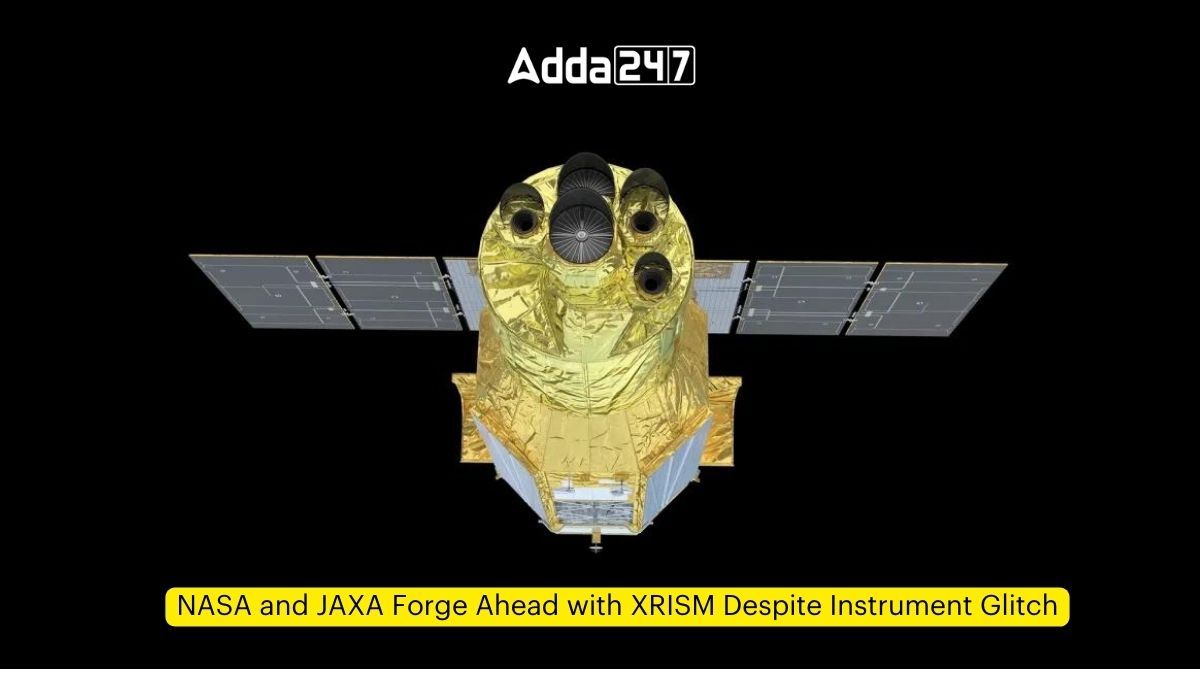NASA and the Japanese Aerospace Exploration Agency (JAXA) have decided to operate an instrument on the X-ray Imaging and Spectroscopy Mission (XRISM) satellite as-is for at least the next year and a half, despite encountering an issue affecting one of its instruments. This decision showcases the agencies’ determination to push forward with this groundbreaking X-ray astronomy mission.
XRISM’s Scientific Endeavors
Launched in September 2023, XRISM carries two instruments developed in collaboration with NASA, designed to conduct cutting-edge X-ray astronomy observations. Despite the challenges posed by the instrument issue, the spacecraft has commenced its prime science mission, underscoring the resilience of this international collaboration.
Valve Malfunction and Troubleshooting
The issue in question involves a valve that was supposed to move out of the way through two non-explosive actuators. According to NASA’s Dr. Eric Clampin, “We believe, based on the information that we have been given by the Japanese, that there is probably a snag on a harness attached to one of the non-explosive actuators, which is preventing the valve from moving out of the way.”
Budgetary Challenges Across Agencies
In addition to the technical hurdles faced by XRISM, both NASA and the National Science Foundation (NSF) are grappling with budgetary constraints that are impacting their respective astronomy programs.
Dr. Clampin briefly touched on the budget issues facing his division, including proposals to review changes to the operations of the Chandra X-Ray Observatory and Hubble Space Telescope to reduce costs.
NSF’s Tough Choices
The NSF, too, is facing difficult decisions due to limited funding. R. Chris Smith, interim director of the astronomical sciences division at the NSF, announced that the agency has halted work on the CMB-S4 project, a major ground-based astrophysical observatory planned for the South Pole to study the cosmic microwave background.
Smith cited the need for the NSF to prioritize the recapitalization of critical infrastructure at the South Pole, supporting a wide range of scientific endeavors, not just astrophysics.
US-ELT Program: A Crucial Decision
Another significant development for the NSF is the selection process for the U.S. Extremely Large Telescope (US-ELT) program, which aims to provide funding for two large telescopes: the Thirty Meter Telescope (TMT) and the Giant Magellan Telescope (GMT).
The NSF has formally initiated an external review process to determine which of the two projects it will support, with a cost cap of $1.6 billion. The review is scheduled to be completed by September, after which the NSF will select one of the telescope projects for agency support.
As NASA and JAXA navigate the technical challenges of XRISM, and both agencies confront budgetary constraints, the scientific community eagerly awaits the outcomes of these pivotal decisions that will shape the future of astronomy and astrophysics research.
Important Takeaways of All Competitive Exams
- NASA Headquarters: Washington, D.C., United States;
- NASA Foundation Year: July 29, 1958;
- NASA Administrator: Bill Nelson;
- JAXA Headquarters: Chōfu, Tokyo, Japan;
- JAXA Founded: 1 October 2003;
- JAXA Head: Yamakawa Hiroshi.



